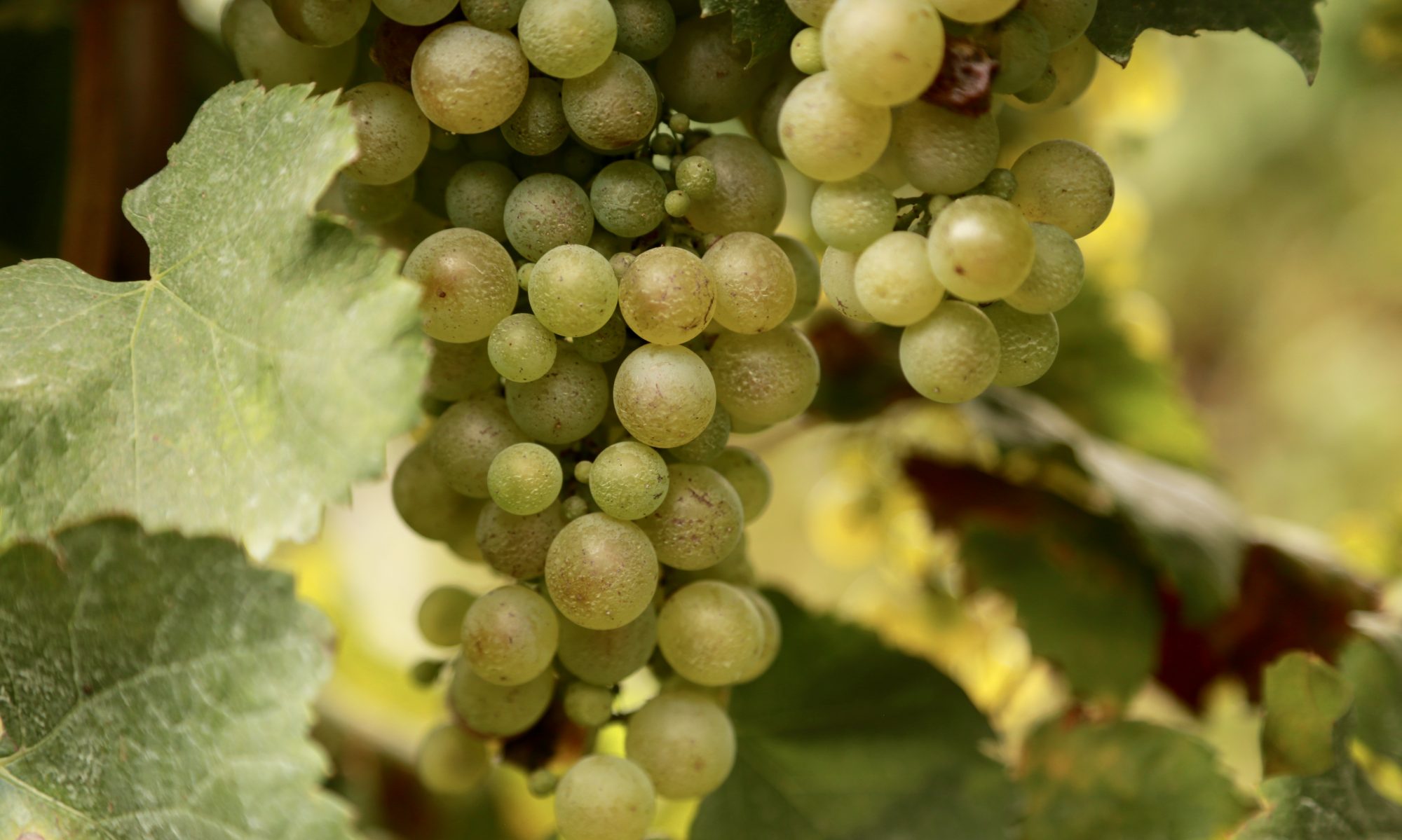
The popular Sam Wo restaurant in San Francisco’s Chinatown may not have served its last supper after all.
The restaurant is a Chinatown staple famous for serving up solid Cantonese fare as well as being the stomping grounds of the late Edsel Ford Fung, a no-filter kind of guy who would sometimes insult customers — although on other occasions he would encourage people to eat up and order cheap, filling dishes.
It’s been in business for more than a century, but closed last week after getting a bad grade from San Francisco food inspectors. Owner David Ho said the building was just too old and dilapidated to make the kind of changes required to bring things up to standard.
But the situation changed after the closing announcement triggered an outpouring of support. Lines wrapped around the block Friday as customers came for one last plate of chow fun or dish of rice porridge and the family put an announcement up on its website asking supporters to show up at a hearing with public health officials.
The meeting was held Tuesday and the room was packed. The Ho family will have to make a number of changes to reopen, including installing a commercial refrigeration unit and more sinks. And they’ll have to get rid of the rodents. The wiring needs fixing and the fire escape (it’s a three-story restaurant) needs some work, too.
Still, family members say they’d like to stay in business if possible.
For more on the hearing, go to the SF Chron story here.
Related posts:









